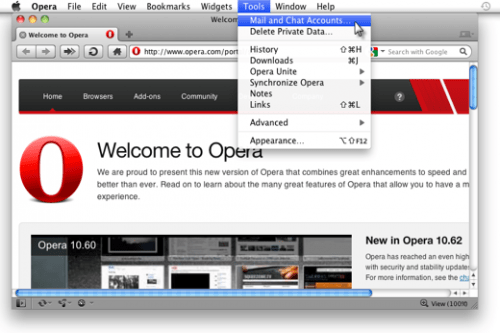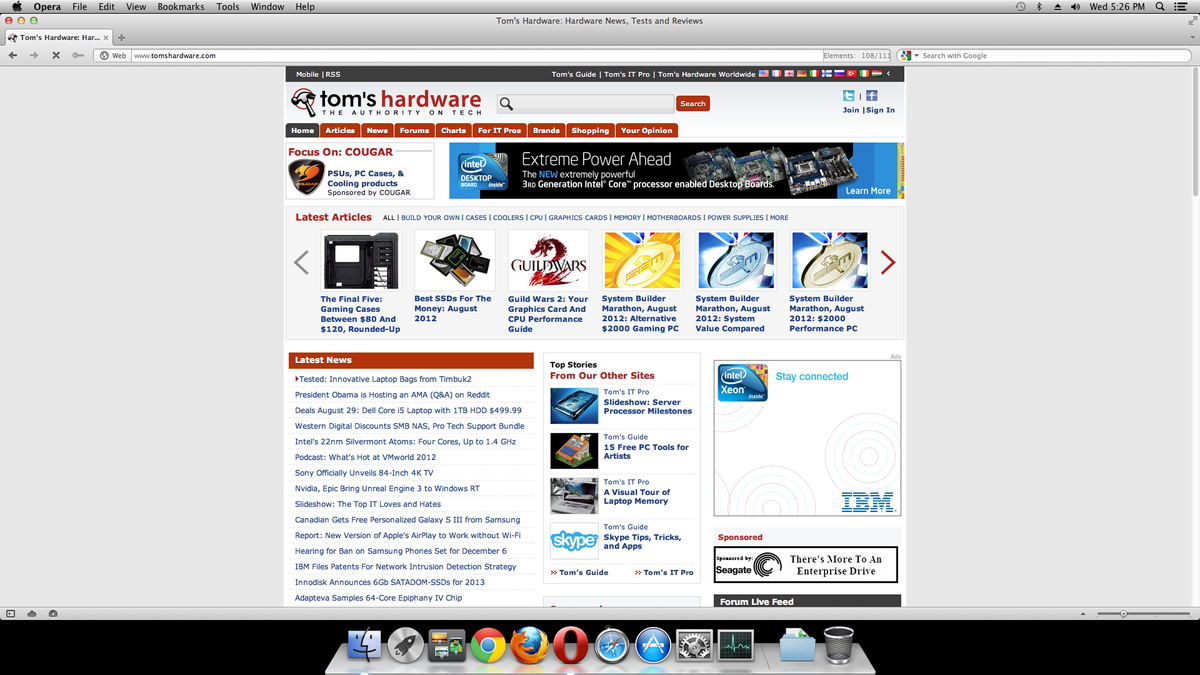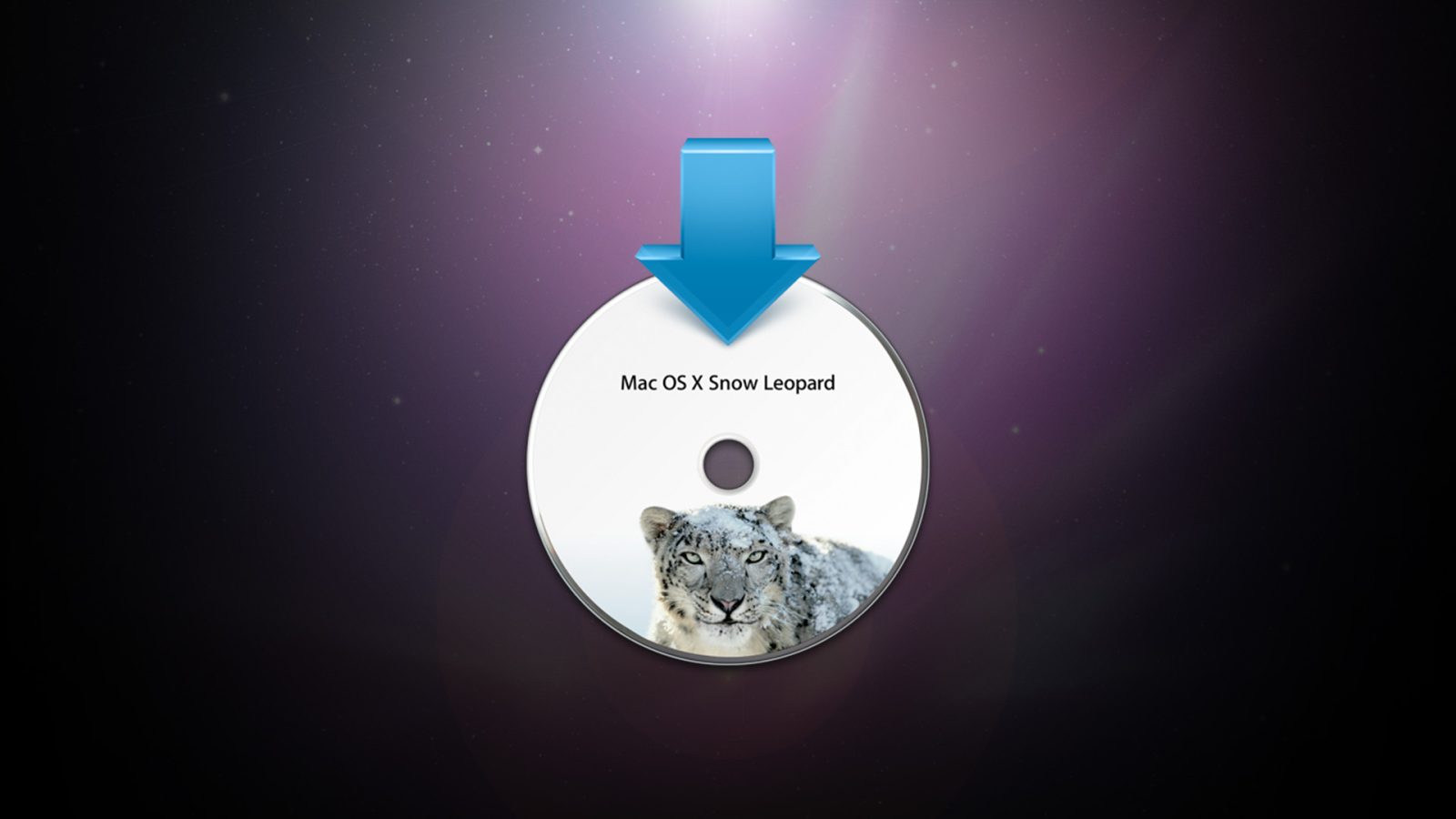The truth is, the best browser for your Mac is probably already installed. As the app comes with some interesting design choices and handy tools that make it a solidly modern browser.
-->This section lists the hardware and software requirements for the Dynamics 365 Customer Engagement (on-premises) and Dynamics 365 web and mobile device client applications.
Customer Engagement (on-premises) web application hardware requirements
The following table lists the minimum and recommended hardware requirements for the Customer Engagement (on-premises) web application.
| Component | Minimum | Recommended |
|---|---|---|
| Processor | 1.9 gigahertz (GHz) x86- or x64-bit dual core processor with SSE2 instruction set | 3.3 gigahertz (GHz) or faster 64-bit dual core processor with SSE2 instruction set |
| Memory | 2-GB RAM | 4-GB RAM or more |
| Display | Super VGA with a resolution of 1024 x 768 | Super VGA with a resolution of 1024 x 768 |
Running Customer Engagement (on-premises) on a computer that has less than the recommended requirements may result in inadequate performance. Additionally, satisfactory performance may be experienced running systems that use a different hardware configuration than those published here—for example, a system with a modern quad-core processor, lower clock speed, and more RAM.

Network requirements
Customer Engagement (on-premises) is designed to work best over networks that have the following elements:
Bandwidth greater than 50 KBps (400 kbps)
Latency under 150 ms
Notice that these values are recommendations and don’t guarantee satisfactory performance. The recommended values are based on systems using out-of-the box forms that aren’t customized. If you significantly customize the out-of-box forms, we recommend that you test the form response to understand bandwidth needs. More information: Verify network capacity and throughput for Dynamics 365 for Customer Engagement apps clients
Network requirements when you use Customer Engagement (on-premises) interactive service hub experience
The Customer Engagement (on-premises)interactive service hub experience is designed to work best over networks that have the following elements:
Bandwidth greater than 1Megabit per second (125 KBps/Kilobyte per second)
Latency under 150 ms
Notice that the suggested network requirements include the metadata download needed for first run or newly published customizations. The Customer Engagement (on-premises) interactive service hub typically requires more bandwidth when metadata has to be downloaded. These values are recommendations and don’t guarantee satisfactory performance. The values are based on systems using uncustomized, out-of-the box forms. If you significantly customize the out-of-box forms, we recommend that you test the form response to understand bandwidth needs.
Supported versions of Internet Explorer and Microsoft Edge
The following table describes the Windows and Internet Explorer or Microsoft Edge versions supported for use with the Customer Engagement (on-premises) web application.
| Windows version | Internet Explorer 10 | Internet Explorer 113 | Microsoft Edge |
|---|---|---|---|
| Windows 10 | Not supported1 | Supported | Supported |
| Windows 8.1 | Not supported1 | Supported | Not supported |
| Windows 8 | Limited support2 | Not supported1 | Not supported |
| Windows 7 | Limited support2 | Supported | Not supported |

1 This version of Windows doesn’t support the version of Internet Explorer. More information: Internet Explorer 11 – FAQ for IT Pros
2 Supported with the classic web application. Not supported with Unified Interface apps.
3 Check requirements for individual apps, such as Customer Service Hub application requirements.
Important
Although you may be able to use Internet Explorer 8, Internet Explorer 9, or an Internet Explorer and Windows combination that is not supported in the previous table, those web browsers are not recommended and are not supported with this version of Customer Engagement (on-premises).
Using plug-ins or other third-party extensions in your browser can increase load times on pages with lists of data.
Supported non-Internet Explorer web browsers
The Dynamics 365 for Customer Engagement apps web application can run in any of the following web browsers running on the specified operating systems:
Mozilla Firefox (latest publicly-released version) running on Windows 10, Windows 8.1, Windows 8, or Windows 7
Google Chrome
- Google Chrome (latest publicly-released version) running on Windows 10, Windows 8.1, Windows 8, Windows 7, or Google Nexus tablet
- Google Chrome (latest publicly-released version) running on Mac OS X 10.8 (Mountain Lion), 10.9 (Mavericks), or 10.10 (Yosemite)
Apple Safari (latest publicly-released version) running on Mac OS X 10.8 (Mountain Lion), 10.9 (Mavericks), 10.10 (Yosemite), or Apple iPad
To find the latest release for these web browsers, visit the software manufacturer’s website.
Important
- Using plug-ins or other third-party extensions in your browser can increase load times on pages with lists of data.
- Mozilla Firefox ESR (Extended Support Release) versions aren’t supported.
Supported versions of Office
To use Customer Engagement (on-premises) with Microsoft Office integration features, such as Export to Excel and Mail Merge, you must have one of the following Microsoft Office versions on the computer that is running the Customer Engagement (on-premises) web application:
Office 365
Office 2016
Office 2013
Office 2010
For full Office 365 feature integration with Customer Engagement apps and Customer Engagement apps (on-premises), you'll need Office 365 Enterprise E3 or later. Skype for Business PSTN calling and conferencing requires Office 365 Enterprise E5. Other Office 365 plans are not supported. For more information on licensing and pricing, see:
- Dynamics 365 pricing
Printing reports
The Reporting ServicesMicrosoft ActiveX control is required to print reports. If you try to print a report and the control isn’t installed, you’ll be prompted to install it. The installer package is named RSClientPrint.cab and can found on the SQL Server Reporting Services server at <drive>:Program filesMicrosoft SQL Server<MSSQL>Reporting ServicesReportServerbin.
See also
Mac OS X 10.6 Snow Leopard marked an endpoint in the evolution of traditional OS X. After this, Apple introduced OS X 10.7 Lion, which moved the Mac in the same direction as iOS – a whole new direction for desktop Macs. Also, for those using software written in the PowerPC era, Snow Leopard gives us the last chance to run those apps.
OS X Version Share on Intel Macs, Late 2009 through May 2015
OS X 10.6 Snow Leopard remains a Top 3 platform among Mac users even 4 versions later!
While OS X 10.6 is now several versions behind, it is hanging in there as one of the most used versions of OS X, as data from our site logs shows in the graph above. We recognize that our audience is more likely to stick with an older OS, whether due to older hardware, software compatibility, or just seeing no need to change.
Whether our numbers are representative of worldwide OS X use or not, the trends here are fascinating. New versions are adopted quickly on release and grow more slowly, reaching their peak as the next version of OS X arrives – although none has achieved the nearly 85% share that Snow Leopard once had, based on our site traffic. They also drop quickly when a new version is released, followed by a slower decline that can go on for years.
Not long after 10.8 Mountain Lion was released, 10.7 Lion dropped below Snow Leopard’s slowly declining level. Likewise, Mountain Lion share dropped precipitously shortly after 10.9 Mavericks arrived, the first free version of OS X, soon falling below Snow Leopard. And with the arrival of 10.10 Yosemite, Mavericks began its inevitable decline – and in coming months it could also fall behind Snow Leopard. It will definitely do so once OS X 10.11 El Capitan becomes a release product.
Snow Leopard has legs. You could well count it as the pinnacle of the classic version of OS X (OS X before it started getting iPhone-like features such as “natural” scrolling), and as such there are a lot of good browser options for it.
Best Modern Browser For Os X 10.8 Os X 10 8 Operating System
I have Snow Leopard on my 2007 Mac mini, upgraded with 3 GB of system memory and a fast 320 GB hard drive. I also have a lot of different browsers installed: Camino, Chrome, Firefox, OmniWeb, Opera, Roccat, Safari, and Stainless among them. Let’s look at them by the date of their latest release.
Camino: Dated but Useful
Of these browsers – and the list is not exhaustive – Camino 2.1.2 has been left to languish since 2012 yet remains a fast browser that I still find myself using for specific projects. You can run Camino very nicely on OS X 10.4 Tiger and a G3 Mac – and anything since.
Camino won’t become your everyday browser, but it’s agile and works very nicely for legacy websites. It has never been updated for HTML5 and scores very poorly on the HTML5 Test.
The biggest drawback to Camino is that it tends to hang with too many open tabs or when you try to quit the app. Camino is based on an old version of Gecko (Gecko 19/Firefox 19 released in February 2013) that was current when Camino 2.1 was released. The code has been tweaked to function as a true Mac app, but over 3 years have elapsed since the last update, so don’t expect it to compete in features with more modern browsers.
OmniWeb: The First Has Become Last
OmniWeb was originally developed for NeXT computers and their NeXTstep environment. When Apple acquired NeXT in 1996, NeXTstep became the foundation for Mac OS X, and OmniWeb was the first browser ported to Apple’s next generation operating system.
The last release version of OmniWeb is 5.11.2, which arrived in July 2012 and added support for some OS X 10.8 Mountain Lion security features. Of the browsers that claim to still be in development for the Mac, it has the oldest “most recent” version.
OmniWeb runs on PowerPC and Intel Macs running OS X 10.4.8 Tiger or later, and the development version is adding OS X 10.10 Yosemite support. Even though Omni Group continues to work on its browser, it looks like a browser from a decade back.
Safari: Left Behind
Safari 5.1.10 is the last version compatible with OS X 10.6. That update was released in 2013, making it only a year newer than Camino. Safari is currently at version 8.0.6, which requires OS X 10.10 Yosemite, so it’s a few versions behind. Apple has a long tradition of leaving users of older versions of OS X with old software, so it’s not just a matter of Safari.
I have given up on Safari for production work, although I continued to use it regularly until earlier this year. It is a perfectly competent browser, but it bogs down with multiple windows open, and this is especially true when using WordPress, the content management system we use for Low End Mac.
Stainless: It Shines!
Surprisingly, over recent months I have made Stainless 0.8 my most used browser. It’s quick to launch, memory efficient, and handles WordPress (Low End Mac’s content management system) very nicely. It has displaced Safari, which is what I used for WordPress until I gave Stainless a try.
Stainless was a project launched by Danny Espinoza in 2008 with some impressive goals. He notes:
“Stainless started out as a technology demo to showcase my own multi-processing architecture in response to Google Chrome (Stainless 0.1 was released three weeks after Google released Chrome for Windows). Sensing an opportunity and inspired by a growing fanbase, I decided to craft Stainless into a full-fledged browser and work on features that I hadn’t seen before in other browsers.
“A prime example is parallel sessions, which allow you to log into a site using different credentials in separate tabs at the same time. This new technology is woven throughout Stainless, from the private cookie storage system, to session-aware bookmarks that remember the session in which they were saved. I still believe this is a true browser innovation (and I’d love to see this implemented in Chrome).”
After five years working on Stainless, Espinoza no longer had the time necessary to invest in moving the project forward and ended development in 2013, so Stainless is eternally stuck at version 0.8. Despite its seeming age, it’s a sprightly browser.
Best Modern Browser For Os X 10.8 Download
Opera: Fairly Current
I’ve always liked Opera, but never enough to use it regularly. Until now, the most recent version I had on my Mac was 12.16, which is positively ancient. Opera is up to version 30 these days.
Since version 26, Opera has required OS X 10.7 Lion or later. Version 25 (2014) is difficult to find, but this link will get you Opera 25.0.1614.71, the last version compatible with Snow Leopard.

Roccat: A New Contender
Roccat is designed to be fast, and it’s also available on iOS. Built-in ad blockers help it load sites much more quickly than if all the ads were in place. Roccat claims to block 99% of ads.
Roccat has special features optimized for social media, so if you use Facebook, Twitter, etc., that alone makes it worth a look.
Roccat Reader provides you with the kind of distraction-free online reading you have probably seen in more modern versions of Safari. Roccat Cloud lets you back up your bookmarks, tabs, history and more to the cloud and access it from another device running Roccat.
Firefox: Good Enough
Firefox is the descendant of Netscape Navigator, the first well-known browser. For a while it was the second choice browser on Windows and Macs, but Chrome pushed it aside long ago. I honestly can’t remember the last time I used it.
Not to say that it isn’t a perfectly competent browser. I enjoyed using it again after so many years away from it – although I must admit to having used TenFourFox, a PowerPC port of Firefox, heavily on my G4 and G5 Power Macs in recent years.
Firefox has a reader mode, which is marvelous for reading content on a cluttered page or in too small a typeface. Also on the plus side, it can automatically update to the current version (38.0.5 at the moment) and supports full screen mode.
Chrome: Up-to-Date but a RAM Hog
Google’s Chrome browser is current at version 43.0.2357.81, and this version is compatible with all versions of OS X since 10.6 Snow Leopard. It’s fast, but it’s also a memory hog. One the plus side, you can run Chrome on Macs, Windows PCs, Linux, Chromebooks, iDevices, and Android gear.
It’s also the most used browser on the market, although Safari eclipses it on Macs. It always updates itself to the latest version, so no worry about being left behind until Google drops Snow Leopard support.
Browser Overview
In the table below, browser size on disk is rounded up to the next full MB. HTML5 score is on a scale of 0-555. Full Screen indicates whether the browser supports full screen mode, which can be toggled using Cmd-Shift-F.
HTML5 Video notes whether H.264, Ogg Theora, and WebM are supported. “All” means all 3 are.
| Browser Version | Size | HTML5 Score | Full Screen | HTML5 Video |
| Camino 2.1.3 | 39 MB | 134 | no | no |
| OmniWeb 5.11.2 | 76 MB | 205 | no | H.264 |
| Safari 5.1.10 | 53 MB | 250 | no | H.264 |
| Stainless 0.8 | 2 MB | 250 | no | H.264, WebM |
| Opera 25 | 127 MB | 480 | no | Theora, WebM |
| Roccat 4.9 | 14 MB | 267 | no | H.264, WebM |
| Firefox 38 | 175 MB | 467 | yes | all |
| Chrome 43 | 375 MB | 506 | yes | all |
Conclusion
There are a lot of factors you can use for choosing the best browser. In terms of speed, Stainless loads quickly. Camino, Stainless, and Roccat all subjectively feel pretty fast. Firefox and Chrome, not so much, and Chrome itself is over twice as large as Firefox.
Chrome takes top honors for HTML5 support, followed by Opera 25 and then Firefox. Roccat is a bit ahead of Safari and Stainless, but the big question is how well does each browser support the parts of HTML5 that are important to you, such a video codecs.
Honestly, it can’t hurt to download and try several of these browsers. Regardless of which ones others view as best, you may find a new favorite for some specific uses, much as I am hooked on Stainless for WordPress work.
Keywords: #snowleopard #bestbrowser
Short link: http://goo.gl/PQ0fIV
searchword: snowleopardbrowsers